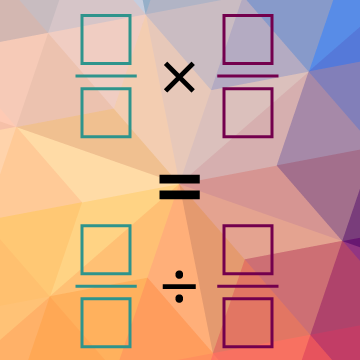Open Questions
These open questions focus on number and measurement and are appropriate for students from Kindergarten to Grade 8.
Grades K–2

Open Question #1
You add two numbers. Then you subtract two different numbers. The answers are the same. What could the numbers be? Sample answer: If you add 3 + 8, you get 11. You could subtract 12 – 1 to get the same answer. My numbers are 3, 8, 12, and 1.
Open Question #2
Choose an object to be a length unit. What object or distance might be 10 of your units long? What might be 30 units long?
Sample answer:
I chose an eraser to be my length unit. I think that 10 erasers would be about as long as my ruler. I think that 30 erasers would be almost the distance from the floor to the doorknob.
Grades 3–5

Open Question #3
You multiply two numbers. Then you divide two different numbers. The answers are the same. What could the numbers be?
Sample answer:
If I multiply 5 × 20, I get 100. I could divide 200 ÷ 2 to get the same answer. My numbers are 5, 20, 200, and 2.

Open Question #4
Choose a weight. Think of five objects that might have a mass close to that weight.
Sample answer:
I chose 7 ounces. I think these objects might have a mass close to that:
- a roll of 50 nickels
- a cup of sugar
- a softball
- most, but not all, of a cup of water
- a not-too-big box of crackers
Grades 6–8

Open Question #5
You multiply two fractions, and the answer is close to what you would get if you divided the two fractions. What could these two fractions be?Sample answer: I know that multiplying a number by 1 and dividing a number by 1 both give you an answer that is the number that you started with, so I think I could just use a fraction near 1.
I chose (frac{2}{3}) and (frac{99}{100}). So, (frac{2}{3}) × (frac{99}{100}) = (frac{198}{300}). (frac{2}{3}) = (frac{200}{300}), which is only (frac{2}{300}) away from (frac{198}{300}). (frac{2}{3}) ÷ (frac{99}{100}) = (frac{200}{297}). Again, (frac{2}{3}) = (frac{200}{300}), which also super close to (frac{200}{297}).

Open Question #6
List five integers that meet these conditions:
- Three are negative.
- One is 1 less than the opposite of another.
- Two of them are 4 farther apart than another two.
Sample answers: –5, 4, –10, 3, –16
–5, –10, and –16 are negative integers.
4 is 1 less than the opposite of –5.
The distance between –10 and 3 is 4 greater than the distance between –5 and 4.
OR –20, 7, –8, 30, –15